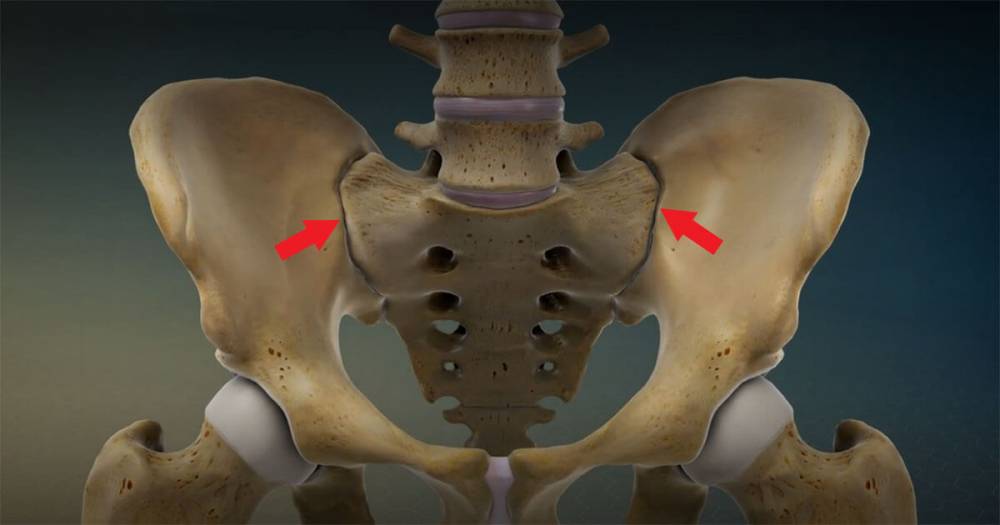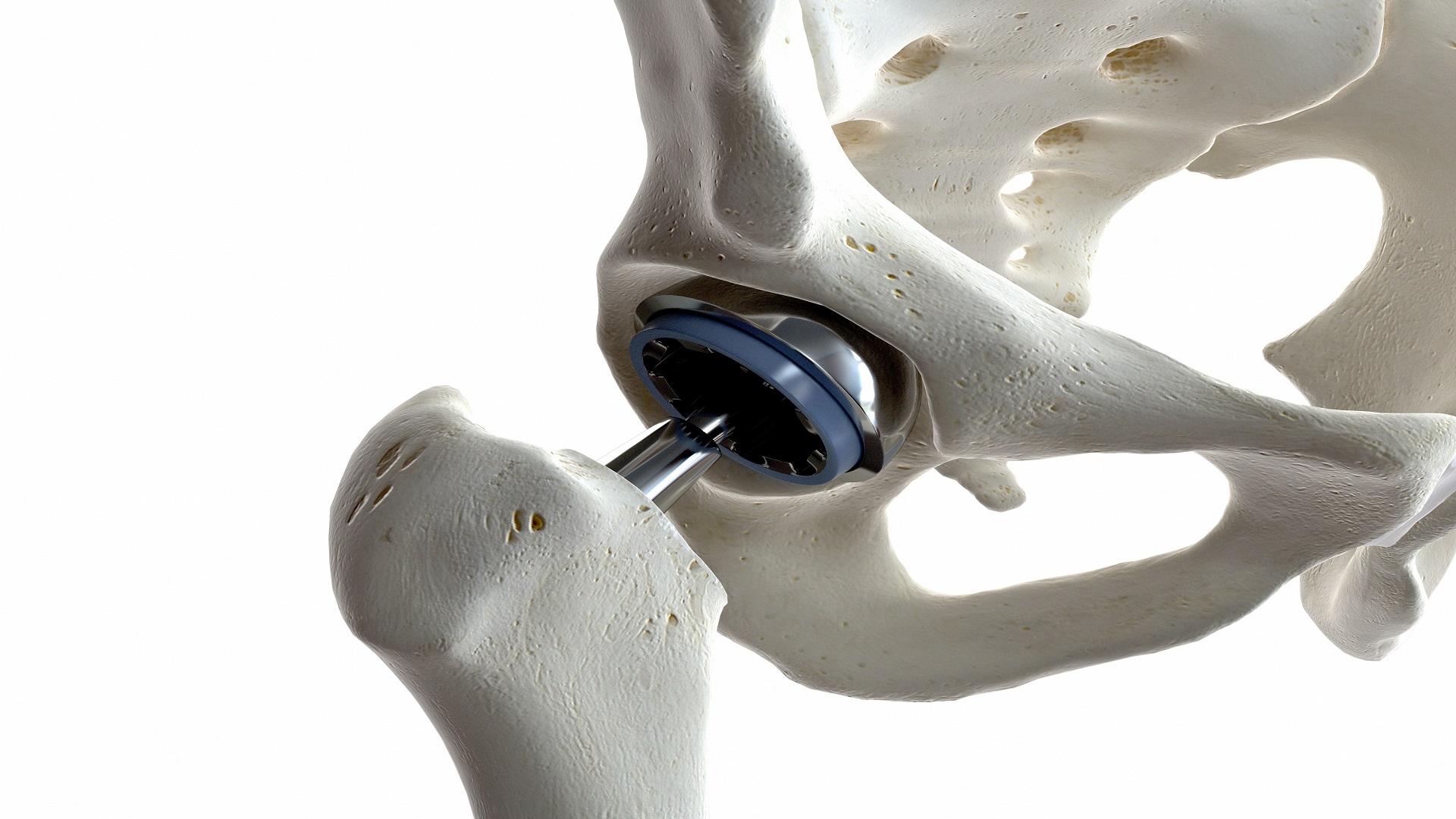Ankle sprain exercises
A person can be exposed to a sprain in the ankle joint, which causes swelling and leads to other complications, and we learn in detail about the sprain of the ankle joint, what are its symptoms, and methods of treatment, in the following article.

Causes of ankle swelling
The ankle is one of the most powerful joints in the body, which helps in giving the ability to move the foot and connects between the leg and the foot, and thus the person is able to walk normally, and the ankle joint can be injured and this results in swelling in the joint, that is, an increase in the proportion of fluids in it, and this causes the pain.
It is possible that there is swelling in the ankle joint as a result of a disease affecting this particular part of the body or a symptom of aging diseases, and this swelling in the joint can affect the leg and foot and make it more difficult for a person to walk and limit the normal activities that are usually performed.
What are the causes of ankle swelling?
- The presence of inflammation in the ankle joint.
- An ankle injury and fracture.
- Types of first-degree burns.
- Hormonal changes in the body.
- Eat large amounts of salty food.
- Corrosion of the joint cartilage.
- Having a liver or kidney disease.
- Pregnancy poisoning in a woman.
- obesity.
- Having an ankle sprain.
- Sitting for long periods in the wrong position.
These reasons are considered the most important in ankle swelling, and it can also be gout or exposure to tumors in the ankle that causes excessive swelling and limits its range of motion, and thus the patient is unable to return to his normal activity again until the swelling is treated.
Symptoms of an ankle sprain
An ankle sprain can show many signs that indicate a sprain, and the symptoms can be as follows:
- There is swelling in the ankle.
- Feeling severe pain when walking.
- Joint instability.
- Redness around the ankle begins.
- Weakness in the part around the ankle.
- Increased joint temperature.
- Limiting the range of motion of the ankle.
The injured person can be exposed to severe pain immediately after the ankle sprain occurs as a result of a strong fall or collision, and thus he is unable to move the joint or walk. Work can be done to improve the person’s condition through early treatment of the sprain.
Degrees of ankle sprain
The injured person may be exposed to a sprain as a result of exercising on an inflexible surface, falling to the ground forcefully, or colliding violently with another person. In this case, the injured person is unable to walk, and there is more than one degree of ankle sprain, as follows:
- First degree: the swelling is mild and the patient feels pain, but he is able to walk, i.e. it does not hinder movement.
- The second degree: is the appearance of more severe swelling in the joint and restriction of movement with the feeling of severe pain and the presence of instability in the joint.
- Third degree: At this stage, the sprain is severe, and the ligaments may be injured, which increases the severity of the pain and increases the blueness of the affected part.
Ankle swelling treatment
Early treatment of ankle swelling can reduce the symptoms associated with it and improve the patient’s condition. The types of treatment in force are as follows:
- Ice packs can be used to treat severe swelling in the ankle.
- Elevating the leg up can reduce fluid build-up around the joint and thus reduce swelling.
- Use stockings that give support to the ankle.
- Massage the affected part of the ankle to enhance blood circulation.
- Take painkillers that help reduce pain.
Ankle sprain exercises
Exercise plays a good role in improving the condition of the ankle because it increases muscle strength and improves blood circulation in the joint and thus reducing the accumulation of fluids that cause swelling. The following exercises can be done:
- Ankle stretch exercise.
- Alphabet exercise.
- Towel stretch.
Duration of ankle bone healing
A person can suffer fractures in the ankle as a result of severe pressure or exposure to a fall, and thus the patient begins to feel pain, and the ankle bones can heal in a period of 6 weeks, and this is certainly due to the patient’s health condition and the extent of adherence to the medications and instructions indicated to him by the attending physician.















